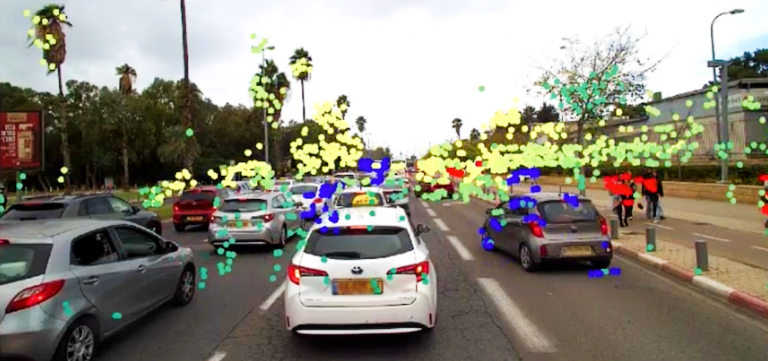A leading global auto maker has become the first to select Mobileye’s imaging radar as a key component of its upcoming eyes-off, hands-off automated driving system in personal vehicles.
Starting in 2028, the new customer plans to use the imaging radar to deliver SAE Level 3 automated driving at highway speeds. The technology has been designed to provide exceptional detection of vehicles, people and objects in conditions such as fog or rain, as well as at long distances that challenge existing sensors.
In development since 2018, Mobileye’s 4D imaging radar provides sensor redundancy, through superior perception in challenging lighting, environmental and traffic scenarios, to complement camera-based perception at affordable costs. This is intended to enable safe and scalable autonomous driving systems, from robotaxis to consumer AVs.
“The selection of our imaging radar by this new customer validates the groundbreaking work we undertook to develop our imaging radar,” said Mobileye president and CEO Prof. Amnon Shashua. “After recognizing how important this sensing modality would be to autonomous driving, we built what we believe is the industry’s standard for imaging radar that can deliver the safety and accuracy self-driving systems require.”
Enhancing environmental perception
Existing automotive radars provide estimates of distance from an object, their rough direction on a horizontal plane and a relative velocity. Imaging radars add an additional dimension – height.
The next-generation Mobileye imaging radar processes the entire signal digitally, end-to-end. This is intended to enable higher levels of accuracy, detail and reliability in environmental perception.
At the core of the Mobileye imaging radar are Mobileye-designed, radar radio-frequency integrated circuits (RFIC). These advanced components enable flexibility in signal transmission and the ability to receive and sample the entire radar signal in a wide bandwidth while keeping noise at a low level, designed to support object detection with high confidence.
Those RFICs are embedded in a unique architecture where the entire radar signal is sampled and digitally processed by a dedicated proprietary processor, with a powerful computing capability of 11 TOPS. This processor can handle over 1,500 virtual channels at a high frame rate of 20 frames per second. The massive antenna array also delivers exceptional angular resolution below 0.5° and ultra-low side-lobe levels of -40dBc, and market-leading dynamic range of 100dB, versus 60dB in other automotive radars.
This is designed to enable the Mobileye imaging radar to detect small, distant objects, even in complex scenarios with large nearby vehicles such as trucks or buses, along with precise detection of small hazards like a tire near a guardrail at a far distance, critical for safe highway driving autonomously at speeds above 75mph / 130km/h. The system works to detect road users, such as pedestrians, motorcycles and cyclists, at up to 315m and identify potential hazards up to 230m away. The Mobileye radar is designed to tackle the challenges associated with tunnels, construction zones and other complex, cluttered environments.
The forward-facing BSR version of the radar uses its full sensing capabilities, while a smaller BSRC version for corner-mounted use has more than 300 channels.
In related news, researchers from Japan have developed a self-powered artificial synapse that distinguishes colors with high resolution across the visible spectrum, with a range of capability and level of accuracy that approaches those of the human eye. This technology could significantly benefit autonomous vehicles by enabling more accurate and efficient recognition of traffic lights, road signs and obstacles. Read the full story here


